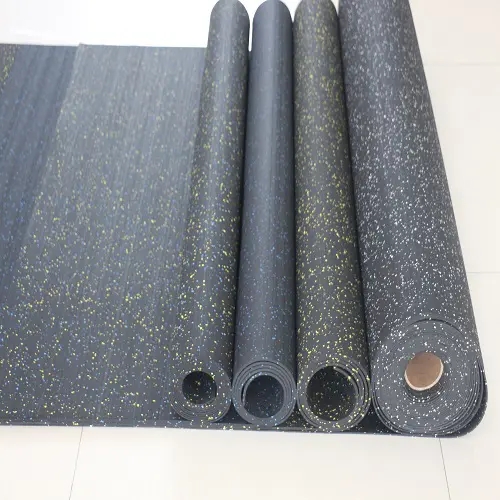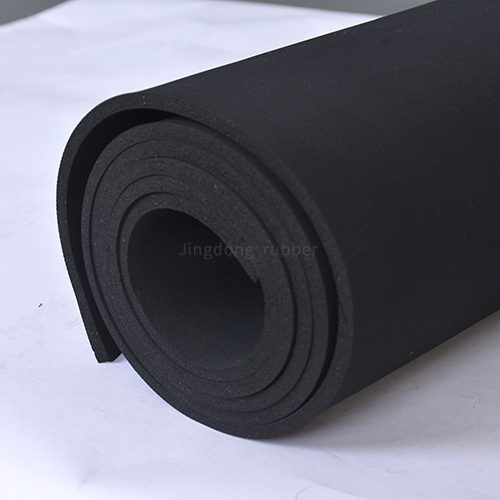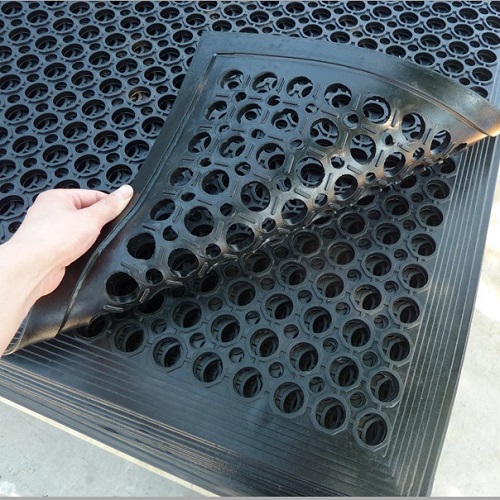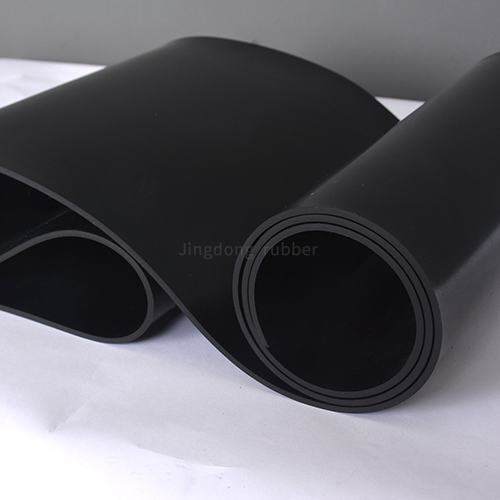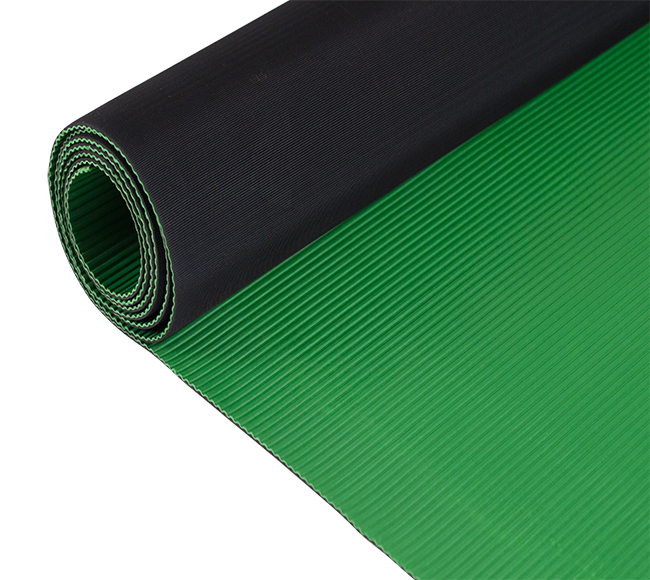Sport Rubber Products
Sport Rubber Products: Enhancing Performance and Durability
In the world of sports, every detail matters. From the grip on a basketball to the bounce of a tennis ball, the materials used can significantly impact performance. Among these materials, rubber stands out for its unique properties—elasticity, durability, and resistance to wear. Sport rubber products are engineered to meet the rigorous demands of athletes and fitness enthusiasts, offering enhanced safety, comfort, and longevity. Whether you're a professional athlete or a weekend warrior, understanding the specifications and benefits of these products can help you make informed choices.
This guide delves into the key parameters of Sport rubber products, highlighting their technical aspects through detailed lists and tables. We'll explore common questions in an FAQ section to address your concerns and provide clarity on usage, maintenance, and selection. By the end, you'll have a comprehensive understanding of how these products can elevate your sporting experience.
Key Parameters of Sport Rubber Products
To ensure optimal performance, Sport rubber products are designed with precise parameters. These include material composition, hardness, tensile strength, and environmental resistance. Below, we break down these factors using lists and tables for easy reference.
Material Composition and Properties
The foundation of any Sport rubber product lies in its material. Common types include natural rubber, synthetic rubber (e.g., nitrile, EPDM), and silicone blends. Each offers distinct advantages:
- Natural Rubber: Known for high elasticity and shock absorption, ideal for balls and mats.
- Synthetic Rubber: Provides better resistance to oils, chemicals, and UV rays, suitable for outdoor gear.
- Silicone Blends: Offer superior temperature resistance and flexibility, often used in grips and seals.
Key properties to consider:
- Elasticity: Measures the ability to return to original shape after deformation; crucial for bouncing balls and shock-absorbing mats.
- Abrasion Resistance: Indicates how well the rubber withstands friction; higher resistance means longer life for items like shoe soles.
- Water Resistance: Essential for products used in wet conditions, such as swim caps or aquatic footwear.
Detailed Parameter Table
This table summarizes critical specifications for common Sport rubber products. Use it as a quick reference when comparing options.
| Product Type | Material | Hardness (Shore A) | Tensile Strength (MPa) | Elongation at Break (%) | Temperature Range (°C) | Common Applications |
|---|---|---|---|---|---|---|
| Basketball | Natural Rubber Blend | 60-70 | 15-20 | 500-600 | -10 to 50 | Indoor/outdoor play, training |
| Yoga Mat | Synthetic Rubber (NBR) | 40-50 | 10-15 | 400-500 | -20 to 60 | Yoga, pilates, gym floors |
| Running Shoe Sole | Carbon Rubber Blend | 70-80 | 25-30 | 300-400 | -30 to 70 | Road running, trail running |
| Swim Cap | Silicone Rubber | 30-40 | 8-12 | 600-700 | -40 to 200 | Competitive swimming, training |
| Resistance Band | Thermoplastic Rubber | 20-30 (soft) to 70-80 (hard) | 15-25 | 700-800 | -50 to 100 | Strength training, rehabilitation |
Notes: Hardness is measured on the Shore A scale, where lower values indicate softer rubber. Tensile strength refers to the maximum stress the material can withstand while stretching. Elongation at break shows how much the rubber can stretch before breaking, indicating flexibility.
FAQ: Common Questions About Sport Rubber Products
Here are some frequently asked questions to help you better understand Sport rubber products. Each answer is detailed to provide practical insights.
What factors should I consider when choosing a Sport rubber product for outdoor use?
For outdoor applications, prioritize UV resistance, water resistance, and temperature tolerance. Look for synthetic rubbers like EPDM or neoprene, which offer excellent durability against sunlight, rain, and extreme temperatures. Check the product specifications for a wide temperature range (e.g., -30°C to 70°C) and high abrasion resistance to handle rough surfaces. Additionally, ensure the rubber has anti-slip properties if used on wet grounds, and consider environmental factors like ozone resistance to prevent cracking over time.
How do I maintain and clean my Sport rubber gear to extend its lifespan?
Regular maintenance involves cleaning with mild soap and water, avoiding harsh chemicals that can degrade the rubber. For products like yoga mats or resistance bands, wipe them down after each use to remove sweat and dirt. Store them in a cool, dry place away from direct sunlight to prevent UV damage and hardening. Periodically inspect for cracks or wear, and apply rubber protectants if recommended by the manufacturer. For inflatable items like balls, check air pressure regularly and avoid over-inflation to maintain shape and elasticity.
Are there eco-friendly options available in Sport rubber products?
Yes, many manufacturers now offer sustainable alternatives, such as rubber made from recycled materials or natural rubber sourced from responsibly managed plantations. Look for products certified by standards like FSC (Forest Stewardship Council) for natural rubber or those labeled as phthalate-free and biodegradable. Some synthetic rubbers are also designed with lower environmental impact, using water-based processes instead of solvents. When disposing of old gear, check local recycling programs, as some rubbers can be repurposed into new products.
What is the difference between natural and synthetic rubber in sports applications?
Natural rubber, derived from latex, excels in elasticity and shock absorption, making it ideal for high-bounce items like basketballs or volleyballs. However, it may degrade faster when exposed to oils or UV light. Synthetic rubber, such as nitrile or silicone, is engineered for specific properties like oil resistance, weatherability, and longer lifespan. For example, synthetic rubber is often used in shoe soles for better traction and durability. The choice depends on the sport: natural rubber for dynamic movements, synthetic for harsh environments.
How does hardness affect the performance of Sport rubber products?
Hardness, measured on the Shore A scale, influences grip, comfort, and durability. Softer rubber (lower Shore A, e.g., 30-50) provides better cushioning and shock absorption, suitable for yoga mats or protective gear. Harder rubber (higher Shore A, e.g., 70-90) offers increased durability and stability, ideal for shoe soles or machine components in fitness equipment. In balls, medium hardness (50-70) balances bounce and control. Always match the hardness to your activity; for instance, choose softer rubber for joint-friendly exercises and harder for high-wear surfaces.
Can Sport rubber products cause allergies or skin reactions?
While rare, some individuals may experience allergies to latex-based natural rubber, which can cause skin irritation or respiratory issues. If you have a latex allergy, opt for synthetic alternatives like silicone, nitrile, or EPDM, which are generally hypoallergenic. Many products are now labeled "latex-free" for safety. Additionally, ensure proper ventilation when using new rubber items, as some may emit volatile organic compounds (VOCs) during initial use. Washing products before first use and choosing those with non-toxic certifications can minimize risks.
- View as
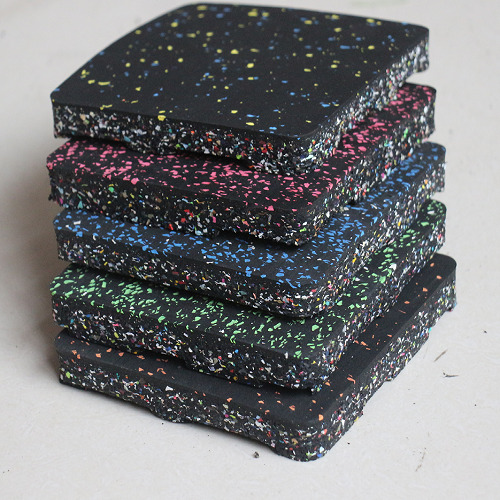
Rubber Flooring Mat Tiles
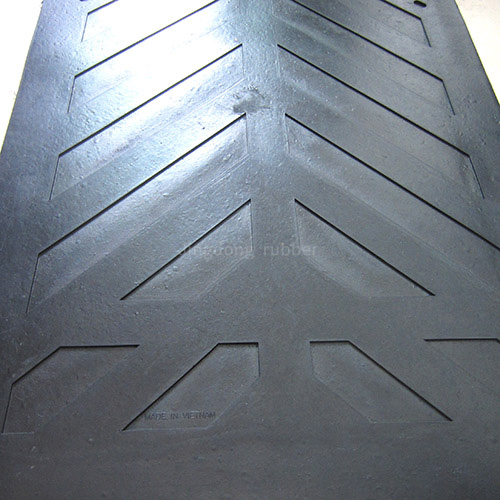
Rubber Mud Flaps
